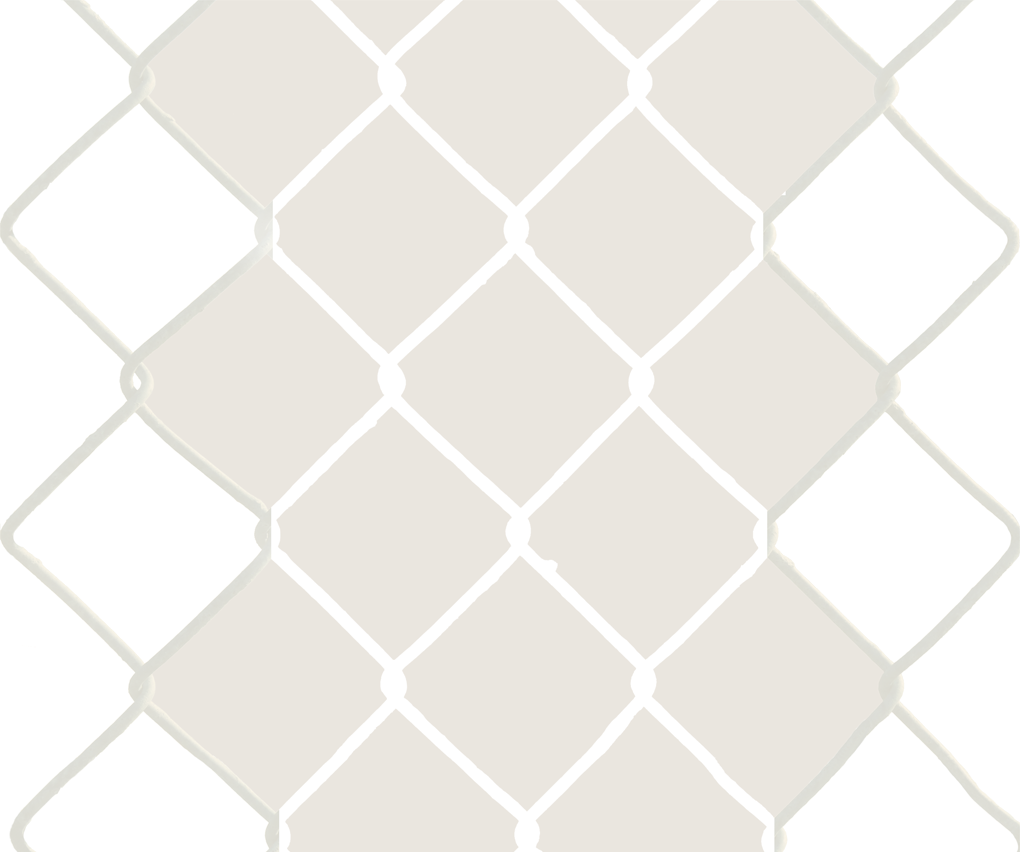

This text is by Vince Carducci in his capacity and does not, necessarily, reflect the views of different infinite mile contributors, infinite mile co-founders, the authors' employers and/or other affiliations.
| Res Publica, Detroit Style | ||||||||||||||||||||||||||||||||||||
Vince Carducci |
||||||||||||||||||||||||||||||||||||
The sculptures speak of a time of visionary expansion in Detroit, a time when the city was emerging as the ground zero of the modernist utopia of mass production. But for years Victory and Progress were obscured by scaffolding as the building's lime and sandstone exterior was undergoing restoration. Largely forgotten now, the sculptures preside over a courtyard daycare play area, the teeming masses of the metropolis long since scattered to the four winds. Looking at the sculptures today prompts questions about the state of public art in Detroit. How does one approach the concept of public art in an environment in which the public has been sliced and diced into demographic clusters and banished to the netherworlds of suburb, office park and shopping mall? Is a work of art created for a corporate plaza or shopping center really public? How do we define "public" anyway (figs. 3 & 4)?
Art in Detroit Public Places (Detroit: WSU Press, revised ed. 1999) by Dennis Alan Nawrocki and David Clements offers an indispensable introduction to the city's public art. Organized by geography with maps showing the locations of the works, the book's individual entries provide photographs of the works, and data - such as title, artist, date and medium - and brief commentary. In her book Public Sculpture and the Civic Ideal in New York City: 1890 to 1930, art historian Michele Bogart brings a broader historical perspective to bear on the subject, moving beyond art historical categories of style and artists' biographies to consider larger cultural currents. Bogart identifies the period between the end of the 19th Century and the first quarter of the 20th Century as the moment when the concept of public art was first given its mandate in America. According to Bogart, the public art movement was part of a larger call for national unity from the predominantly Anglo-American middle-class that arose in response to the turmoil after the Civil War and the rise of mass imigration. Public art was viewed as an important medium for making visible the highest ideals of the Republic. This period also saw the birth of the City Beautiful and "good government" movements, additional initiatives by which a self-appointed cultural elite sought to manage the urban environment for the betterment of the masses. Rhind, a Paris-educated New York-based sculptor, was at the forefront of the public art movement. His Victory and Progress embody the theoretically timeless classical values that brought artistic representation into the service of civic authority. Another leading artist of the time was Daniel Chester French, also a New Yorker. His sculpture, the Russell A. Alger Memorial Fountain of 1919-1921, in Grand Circus Park is an additional example of the neoclassical allegorical figure personifying the transcendent rationality of representative democracy. Another significant declaration of the civic ideal during the period was the urge to integrate ethnic identities into the mainstream. The sculptures Johann Friedrich von Schiller, 1907, by Herman Matzen, Robert Burns, 1921, by George A. Lawson and Dante Aligheri, 1927, by Faffaello Romanelli were presented to the city of Detroit by residents of German, Scottish and Italian descent, respectively. Each registered their group's aspiration to be incorporated into the American melting pot. The time between the start of the Great Depression and the end of the Korean War appears to be a fallow one for public art in Detroit. Notable exceptions include the Levi L. Barbour Memorial Fountain, 1936, by Marshall Fredricks on Belle Isle and the Horace H. Rackham Memorial Fountain, 1939, by Corrado Joseph Parducci at the Detroit Zoo. These works are executed in a reserved neoclassical style and located in idyllic sites removed from the "mean streets" of Detroit. As such, they provide an incongruous footnote to a historical era when fierce battles raged between unions and management and labor seized a measure of power, however provisionally, from the ruling forces of capitalism. On the other hand, Diego Rivera's Detroit Industry frescoes, 1932-1933, directly address Motown's collective unconscious. Among the most important works held in the public trust in Detroit, the mural cycle depicts Henry Ford's moving assembly line as an infernal machine for harvesting surplus value from mass labor power. It encapsulates the social, political and economic conditions of the machine age of which Detroit was an integral part. The next great spurt of public art in Detroit seems to have occurred after the civil unrest of 1967. Over the next 10 years, a combination of local boosterism and the availability of government money fostered a climate in which the installation of art works in public places could proliferate. This was also the heyday of the Cass Corridor art movement. Not surprisingly, several Detroit artists who came to prominence then, including John Egner, Stanley Dolega, John Piet and Robert Sestok, were given major public commissions. At the same time that these symbols of civic pride were being completed, the smokestack apparatus of the city was being scuttled, leaving the working-class steerage foundering in its wake. Another major venture in public art commissions was the installation of art works in downtown Detroit People Mover stations in the mid-1980s (fig. 5). The pieces in the People Mover stations seemingly asserts that art is a necessary part of cosmopolitan life. Yet the works owe their existence to a political compromise made during the struggle to fund the transit project. As Bogart points out, inserting art into the public domain is often an exercise in advancing good taste as a form of social domination. And the Detroit People Mover art program reflects a mandarin perspective of enforced acculturation.
With the rise of the suburbs since the Second World War, the public sphere has become increasingly marginalized. The heterogeneous spaces of the urban environment have been reprocessed as simulations, safely displayed inside the hermetically sealed vistas of corporate atriums and commercial shopping arcades. Within these faux communities, the public has been reconfigured into consumer categories of "audience" and "market segment." So it is that the court style of the art installed in these spaces is monumental yet diffident, avoiding commentary beyond declaring a Sphinx-like physical presence. (See, for example, Six Tonner for Julian, 1975-1976, by Bruce Beasley at Lakeside Mall). At street level, there have been several attempts to reinvest urban space with meaning. The controversial "Demolished by Neglect" project of the late 1980s sought to draw attention to the forces of entropy at work in the environment by marking the city's vast trove of self-deconstructing buildings. Showing an affinity with Gordon Matta-Clark's architectural interventions, it was a collaboration by a group of artists who essentially hijacked public funding and redirected it into a kind of Situationist detournement. Perhaps the most well known example of the will-to-art in the public realm in latter-day Detroit is Tyree Guyton's Heidelberg Project (figs. 6 & 7), 1986-present. In Art in Detroit Public Places, Nawrocki writes the Heidelberg Project "was initiated to reverse a neighborhood's decline by transforming a blighted area into a streetscape of wonder and beauty." While garnering admiration from as far away as Europe and Japan, Guyton's appropriation of communal space is not appreciated by many of those who must live with it day to day. (A 1999 New York Times story observed that the farther away from Heidelberg Street one lives, the better it looks.)
Much like Richard Serra's Tilted Arc, 1981 (which was removed after Manhattan office workers protested its installation in a heavily trafficked area), the success or failure of any public art these days, including the Heidelberg Project, ultimately depends on the artist's ability to understand the social, political and cultural contexts into which the work is being placed. A disappointment in this regard is Robert Graham's Monument to Joe Louis (figs. 8 & 9), 1986. The "Fist" at the intersection of Woodward and Jefferson Avenues says more about the anxieties of the dominant white culture that foisted it on the city than the person or the community it was supposed to represent.
A recent work of art installed in a public space that does seem effective is Richard Nonas's Hip and Spine (Stone Chair Setting) (figs. 10 & 11), 1997, located near the Kirby Street entrance of the Detroit Institute of Arts. The arrangement of large granite blocks, primitively formed into a seating and table area, evokes the primal circles of tribal gatherings. The work anticipates the presence of its audience, who are simultaneously viewers, functional users and a community. One Detroit Festival of the Arts evening, my wife and I ate dinner there while waiting for Afro-Pop sensation Femi Kuti to take the stage. We unexpectedly met up with some friends who were themselves making their way over to the concert area. Hip and Spine provided an aesthetically satisfying setting for us to talk and share our anticipation of the imminent musical event.
The further balkanization of Detroit's urban landscape (acknowledged in the 1994 Report of the Mayor's Land Use Task Force proposing to divide the city into 10 semi-independent communities) presents a troubling new paradigm. In what was once the public realm, the body politic is now drawn and quartered by the cleaver of private interest. Moving through space organized for maximum return on investment, the alienated individual is free to wander as suits commercial purposes. Public art has the potential to galvanize community identity toward greater ends than can be expressed on a bean counter's balance sheet. But doing so means developing symbols and practices that respect and express the diversity of the community rather than attempting to instruct or distract it. Perhaps it's an impossible dream, but it's one worth pursuing nonetheless. |












